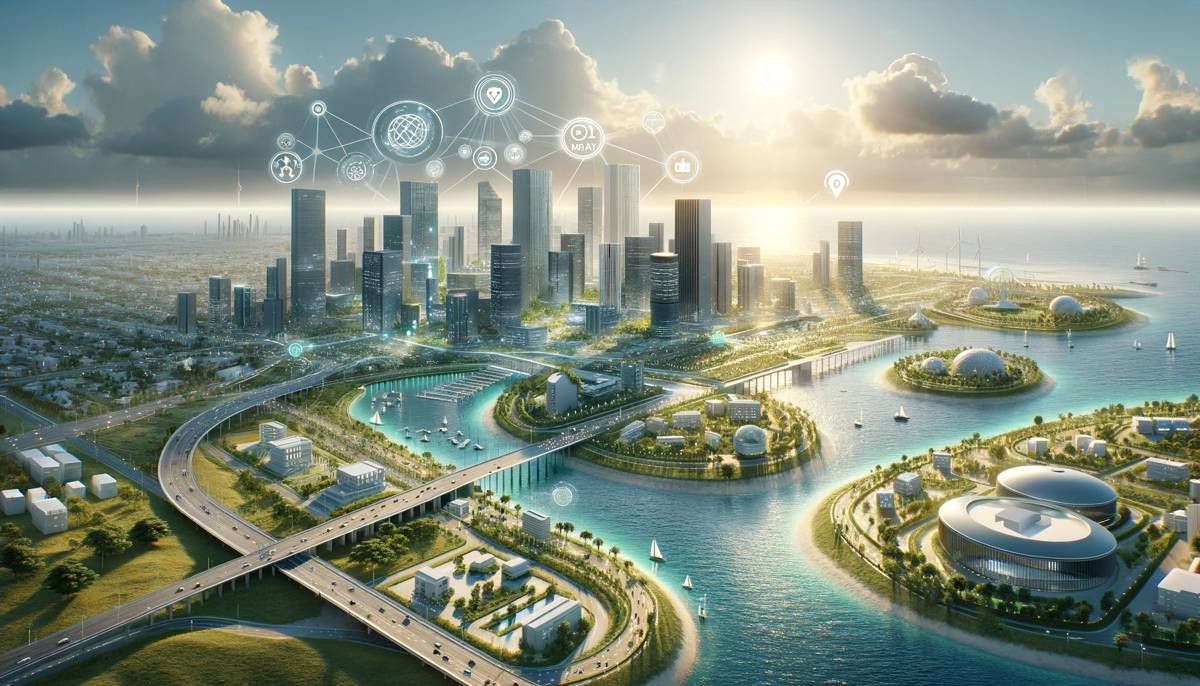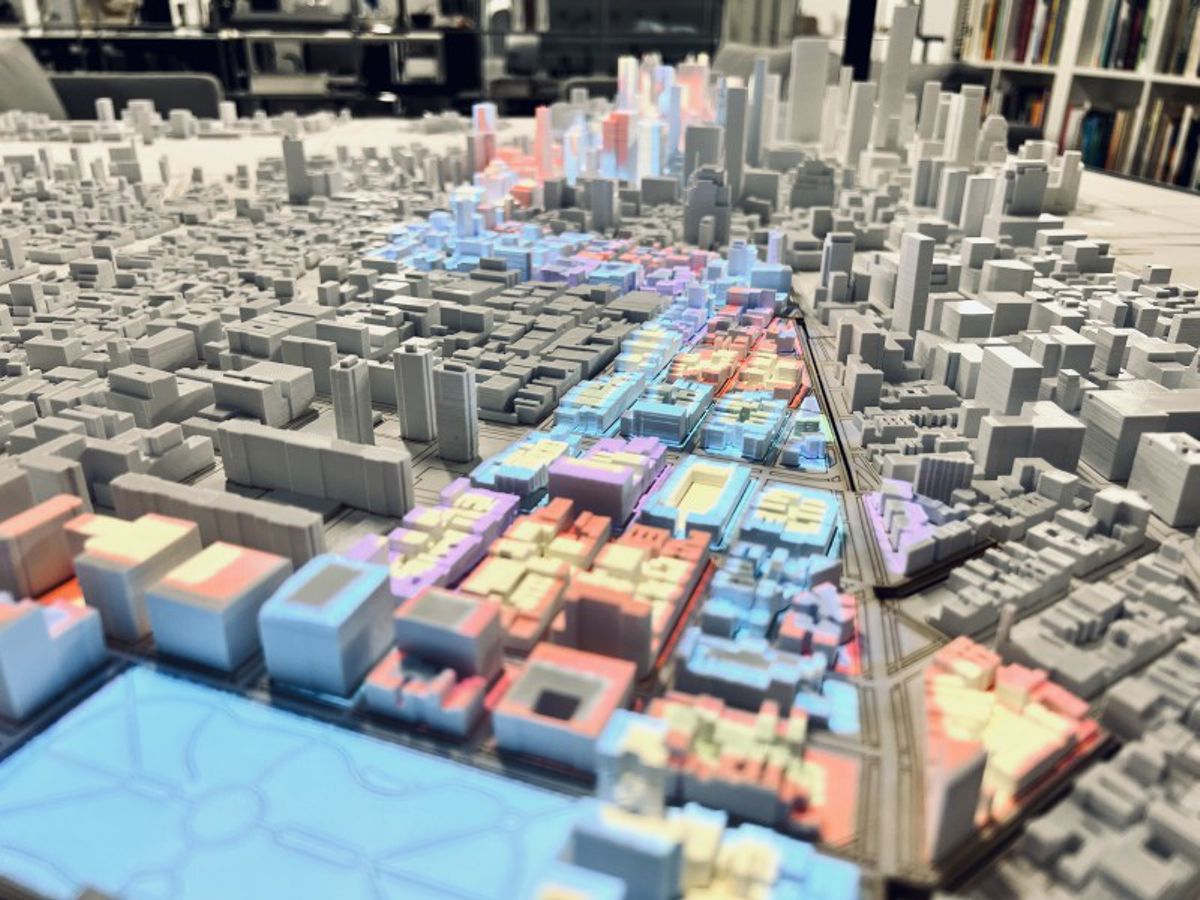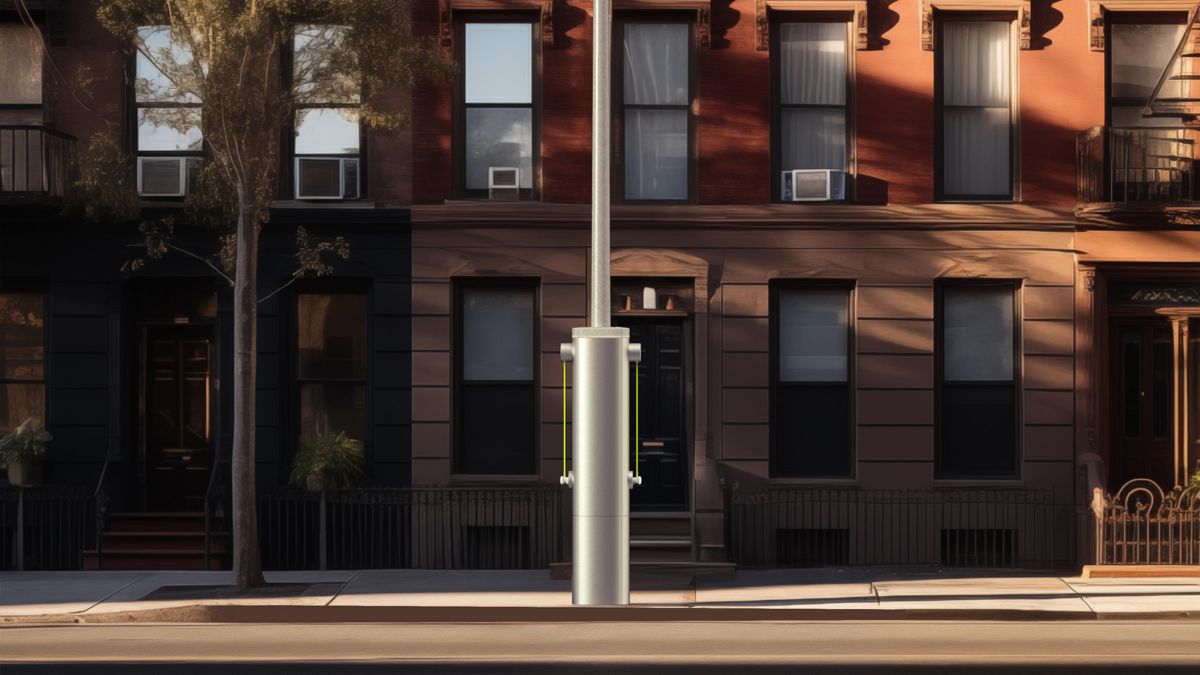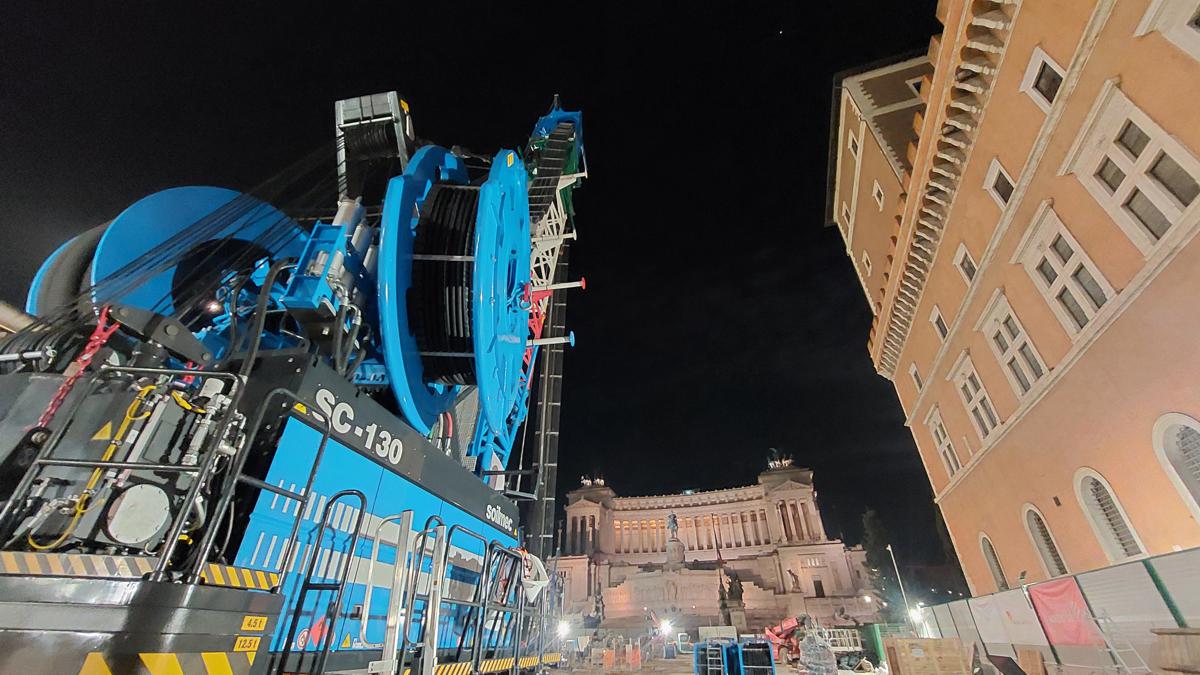Smart city to be designed in Guyana by Miami School of Architecture
A six-month agreement with the University of Miami challenges experts to create a master plan for a technologically modern area that is a model of sustainability, resilience and health care.
The tiny country of Guyana, tucked in the northern coast of South America, is poised to become one of the richest countries in the world per capita and one of the largest exporters of oil, news outlets have reported.
To get ready for the upcoming economic boom the country’s leaders have reached out to the University of Miami to help it develop its future.
In November, University of Miami President Julio Frenk; Felicia Knaul, professor and director of the Institute for Advanced Study of the Americas; School of Architecture dean Rodolphe el-Khoury; and professor Jose A. Gelabert-Navia traveled to Guyana’s capital, Georgetown, to sign an agreement that notes the University will develop a master plan for a new community to be named Silica City. The group met with the president of Guyana, Irfaan Ali, and several top government officials.
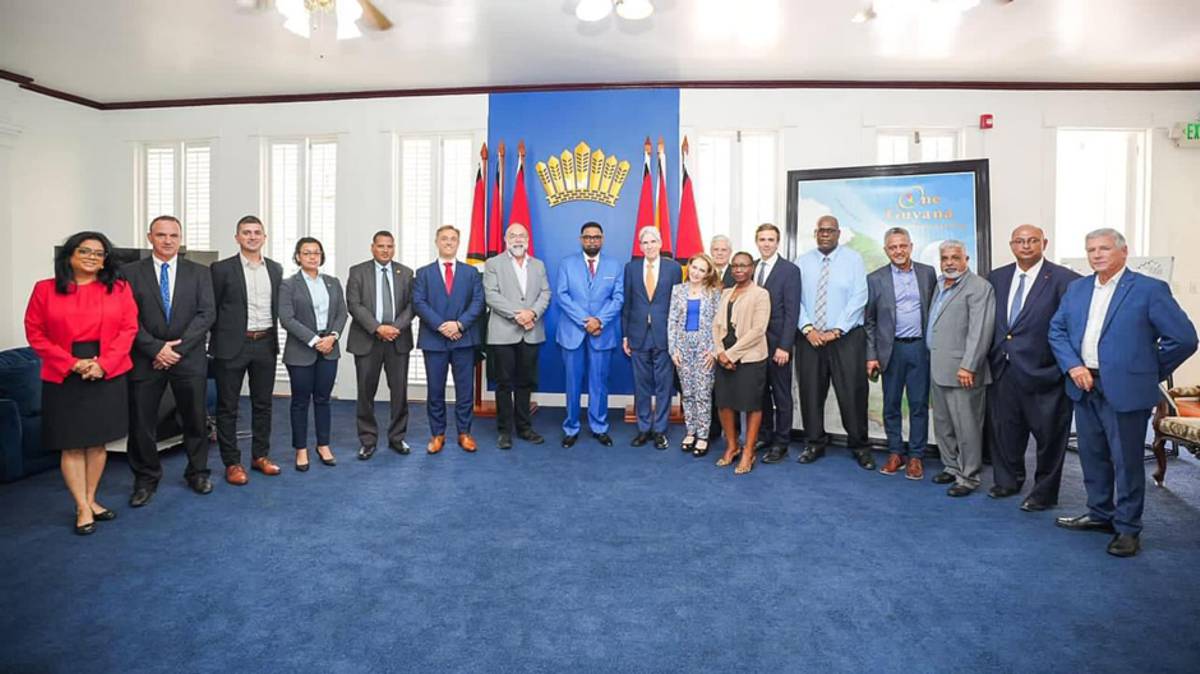
In the future, the University will deploy an interdisciplinary approach—led by the Institute for Advanced Study of the Americas, the School of Nursing and Health Studies, the Miami Herbert Business School, and the Rosenstiel School of Marine, Atmospheric, and Earth Science—to strengthen health workforce training, health care delivery, and environmental policy around resiliency, climate change, biodiversity, and water use.
Silica City will be a smart city, designed to become a future city for the nation. It will be developed on an 11,000-acre area near the Guyana International Airport. Silica City aspires to be a model of sustainability, resilience, and futuristic thinking. It will accommodate around 60,000 residents.
“We are very excited about this project at the School of Architecture,” said el-Khoury. “It is rare to be offered the opportunity to design an entire city from scratch. It is like the chance of a generation.”
Working with the school’s Center for Urban and Community Design and the RAD Lab, the multiphase plan will involve many faculty members and students during its creation.
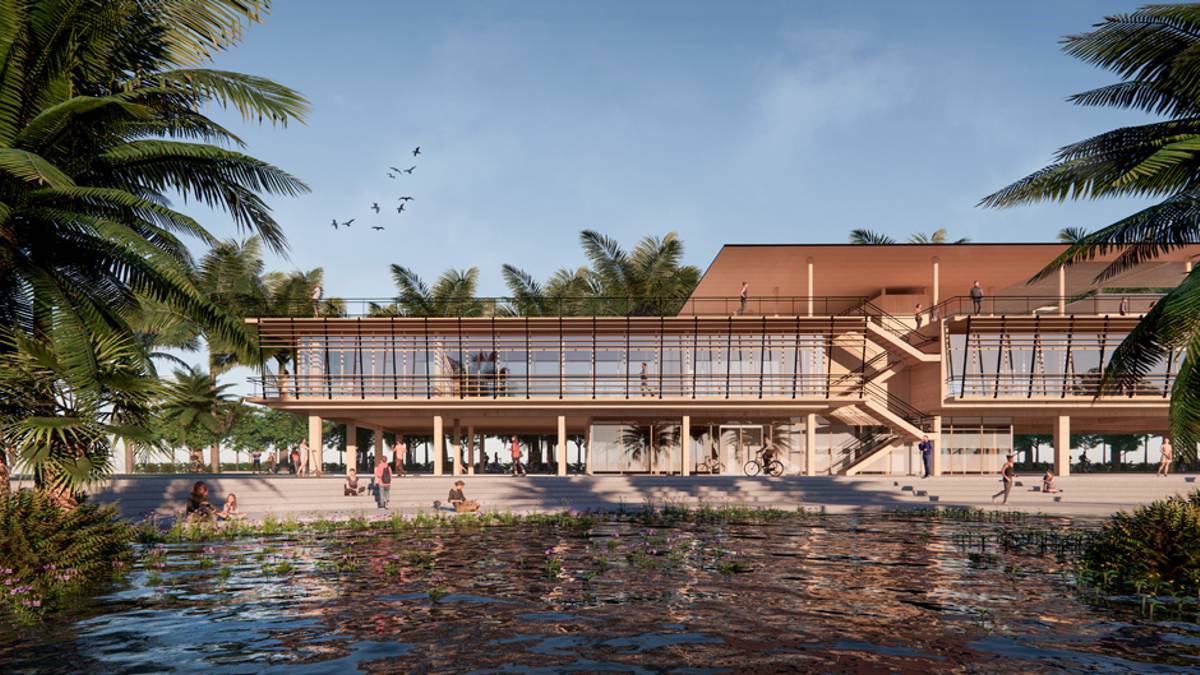
Although the school has tackled other similar projects in the past, there has been nothing on this scale, el-Khoury pointed out.
Silica City will have a residential area, a city centre, and a research area called Innovation Village, which will be the hub of the city. Using a smart city design, modern technological features will be part of the new infrastructure throughout the city.
Gelabert-Navia began work on the project with his 12 students in a fall design studio course. He assigned them the task of exploring precedents and new concepts for the Innovation Village, which will be the heart of the city.
“The students have done a great job,” he said. “You cannot develop a city in five months, but we can develop a concept and plant the seeds for a master plan.”
To continue moving the project forward, three graduate students from the class—Adriana Garcia, Roberto Mendoza, and Maritere Rodriguez—will join a team dedicated to the Guyana project at the school, including consultants from the global design firm Perkins and Will.
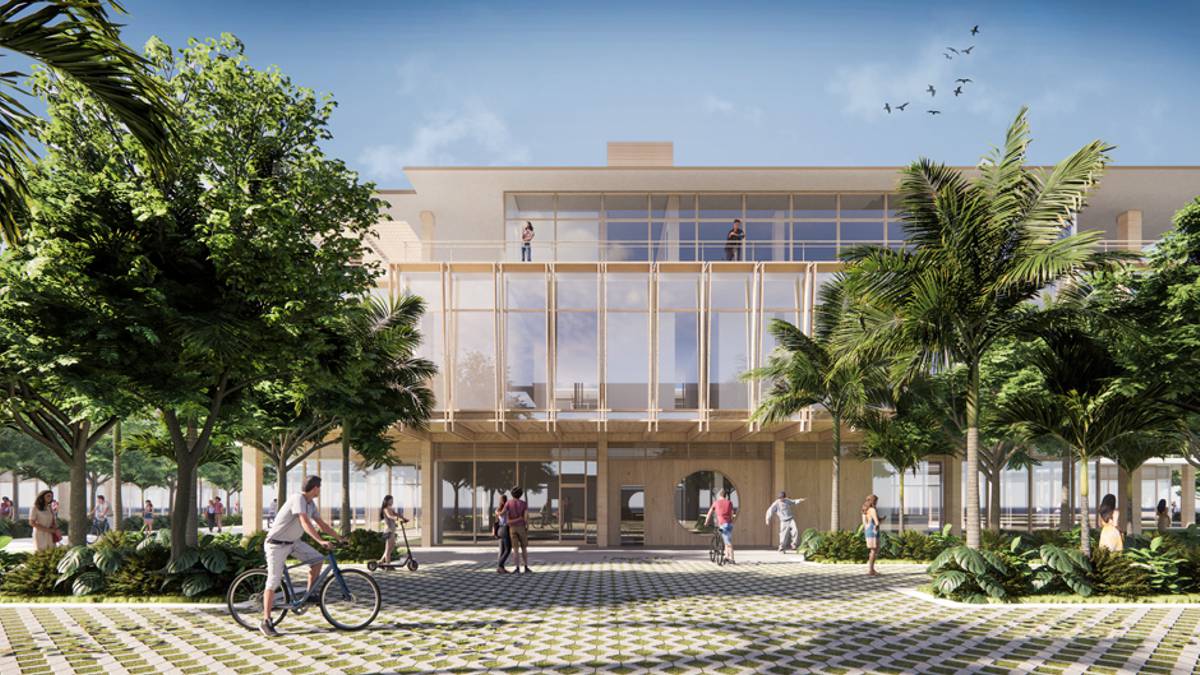
The firm will provide the resources and expertise needed to carry out assessment of the topography, hydrology, and existing infrastructure of the region as part of an environmental analysis, according to Gelabert-Navia.
One of the challenges that the team will face is how to envision a “resilient” city in a region that has no history of building resilient housing, noted Gelabert-Navia. He hopes to hold workshops with experts in resiliency and environmental issues to guide faculty members, research staff, and students in the design process.
The master plan will integrate biophilic design and sustainable features, as well as health and well-being services, following a smart city model, which integrates artificial intelligence (AI) and other emerging technologies into its infrastructure, said el-Khoury.
Sensors would be embedded throughout the different buildings and structures that would facilitate the day-to-day operation of the city, as well as its maintenance. For example, sensors would monitor changes in traffic patterns so that traffic lights could adjust in real time to weather events, congestion, and accidents. The plan also will include telehealth and remote sensing components so that medical care can be provided to citizens in their homes.
“When these systems can communicate with each other in a city it can bring great benefits,” said el-Khoury.


